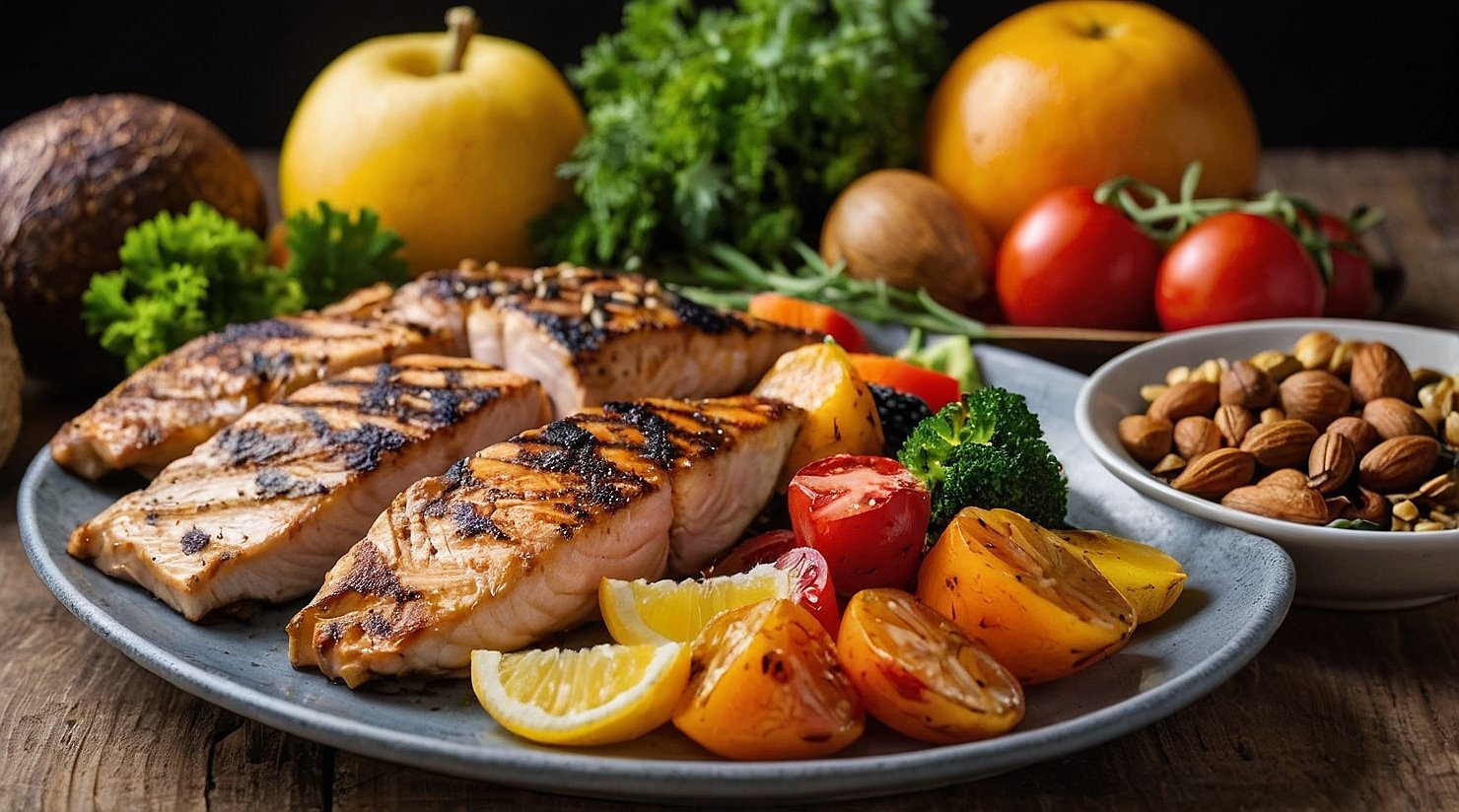Hey there! If you’re just starting your bodybuilding journey or trying to figure out what all this talk about macronutrients is, you’re in the right place. Think of this as a friendly chat between us, like we’re family. You know you can’t trust anyone these days—not even your spouse or parents—but you can trust me, Dr. David Gainz, your bodybuilding partner!
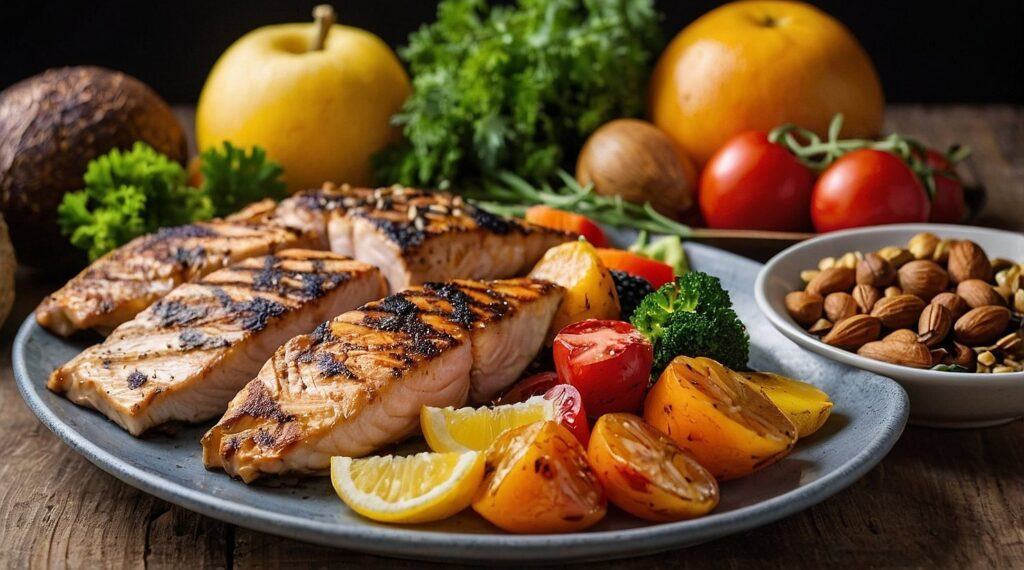
Why Knowing Your Macros Matters
When it comes to building muscle and strength, knowing your macronutrients—proteins, carbohydrates, and fats—is essential. These are the nutrients that provide the energy and building blocks your body needs to recover from workouts, grow stronger, and get leaner. Understanding how to balance these macronutrients can make or break your progress in the gym. By optimizing your intake, you’ll fuel your workouts more effectively, recover faster, and maximize muscle growth while minimizing fat gain.
Let’s break down each macronutrient and see how they contribute to your fitness goals.
The Big Three: Proteins, Carbohydrates, and Fats
Let’s break it down. Your body needs three main types of nutrients to build muscle and keep you energized: proteins, carbohydrates, and fats. These are your macronutrients, and each one plays a unique role in helping you crush your fitness goals.
Proteins: Your Muscle Repair Crew
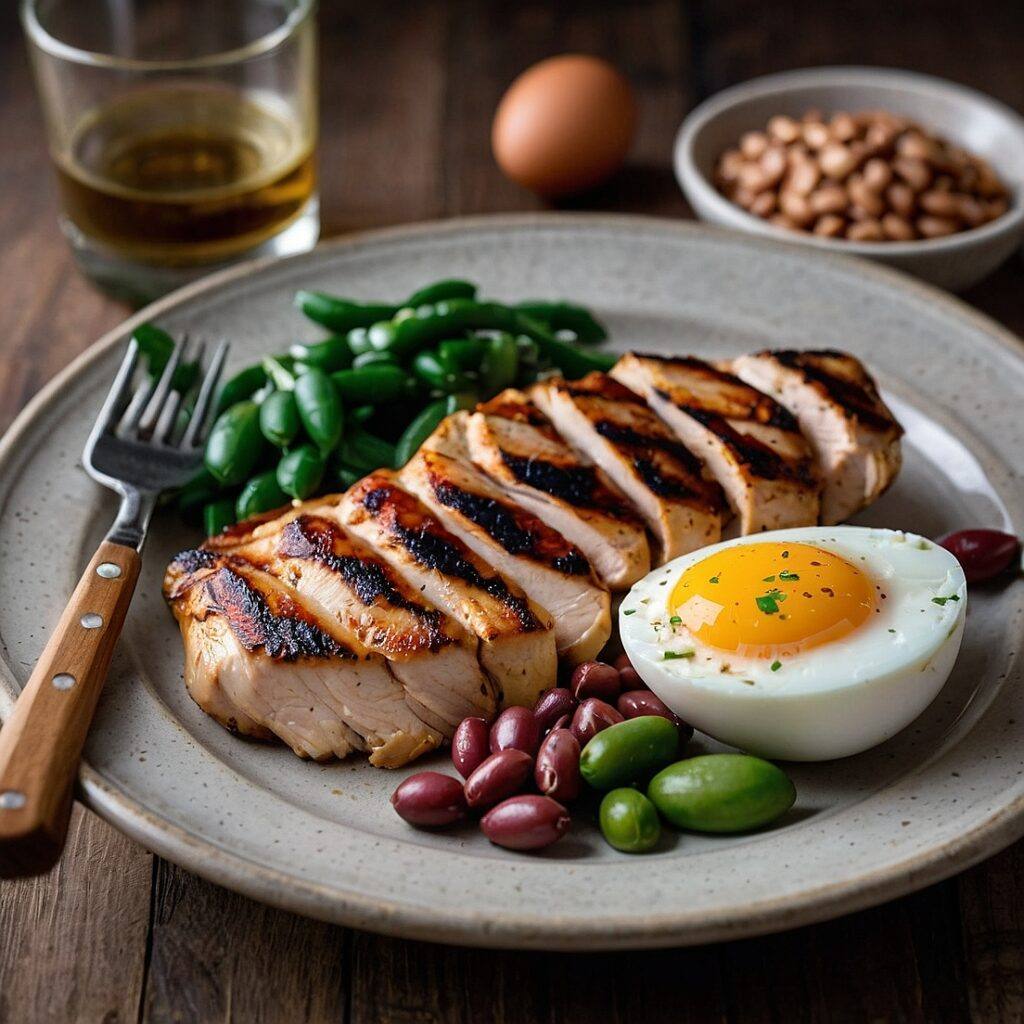
Imagine proteins as the construction workers for your muscles. After those intense gym sessions, they jump in to repair and grow your muscles stronger. You’ll find them in things like chicken, fish, beans, and even your favourite protein shake. Aim to get enough protein in your diet to keep those muscles growing—and we’ll discuss exactly how to do that later in the article, so keep reading!
Carbohydrates: The Fuel for Your Engine
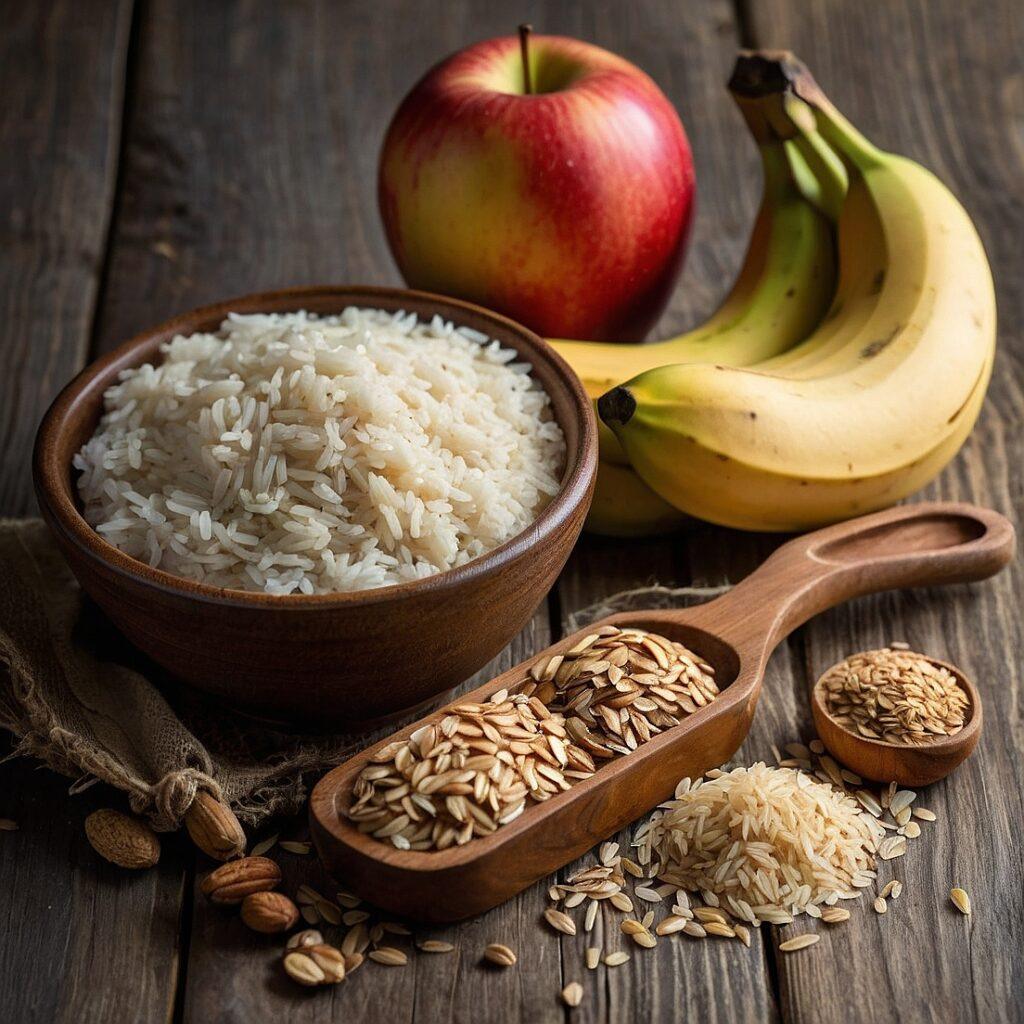
Carbs are your body’s go-to energy source. They’re like the fuel in your car, helping you power through workouts and recover afterward. There are two types:
- Simple carbs like fruits and sugars give you quick bursts of energy.
- Complex carbs like rice, oats, and whole wheat provide a steady stream of energy. These are often referred to as grains, which are the seeds of grass-like plants.
While we could dive into the glycaemic index, for now, let’s keep it simple: focus on balancing both types to keep your energy levels steady.
Fats: The Essential Energy Reserve

Fats often get a bad rap, but they’re essential for hormone production, including testosterone and estrogen. Testosterone, GH, and IGF-1 are crucial hormones for bodybuilding, driving muscle growth, recovery, and performance, which are vital for muscle growth and repair. While hormones like growth hormone (GH) and insulin-like growth factor 1 (IGF-1) are proteins so don’t directly require dietary fats for their production, healthy fats in your diet indirectly support their production and activity.
Healthy fats also help you absorb vitamins and provide long-lasting energy. Look for them in nuts, seeds, avocados, and oily fish. Both saturated and unsaturated fats are important, with saturated fats, found in foods like meat and dairy, necessary for hormone production, including testosterone and estrogen. Just keep them in balance with unsaturated fats for overall health.
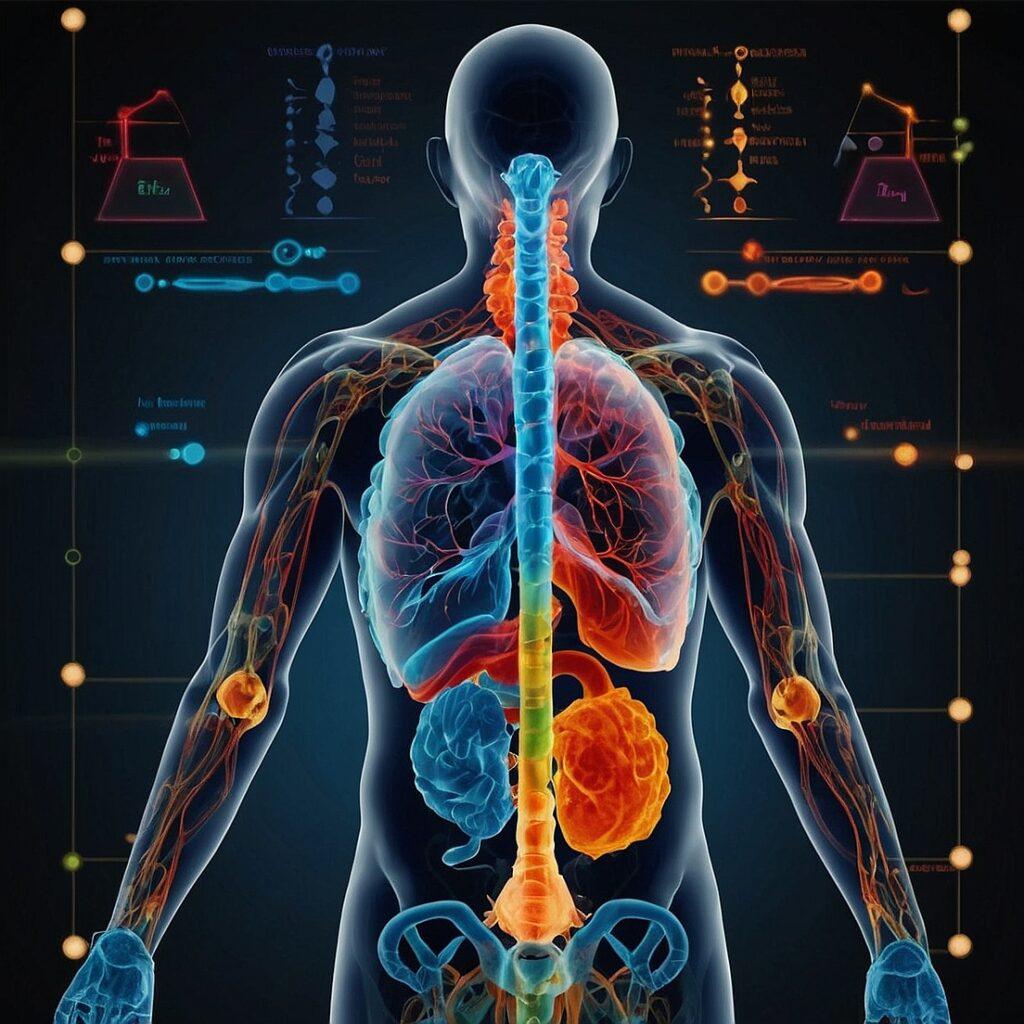
Just for Interest:
Estrogen is important for muscle growth and repair, bone health, and fat distribution in both men and women. In men, adequate estrogen levels support muscle and joint health while preventing muscle loss and bone density issues. In women, estrogen supports muscle growth, bone density, and mood regulation. Ensuring a balanced intake of dietary fats supports estrogen production, optimizing performance and maintaining overall health. Personally, I find this very interesting as I think we assume estrogen has little to do with muscle growth and is unimportant for men, but this is untrue.
What Happens to the Protein, Fat, and Carbohydrates in Your Body After You’ve Eaten?
Here’s a quick look at how your body handles these nutrients:
- Proteins: Broken down into amino acids, they repair and grow muscles.
- Carbs: Digested into glucose, they fuel your workouts and are stored as glycogen.
- Fats: Converted into fatty acids, they help with hormone production and energy.
Understanding Calories in Macronutrients
Let’s talk about how much energy you get from each macronutrient. Knowing this can help you make better food choices and understand how to fuel your body properly:
- Proteins: 4 calories per gram
- Carbohydrates: 4 calories per gram
- Fats: 9 calories per gram
These numbers are a guide to help you see where your energy is coming from. As you can see, fats have more than twice the calories per gram compared to proteins and carbs, so if you’re looking to reduce your calorie intake, it can help to pay attention to your fat consumption. But remember, you need a balance of all three to keep your body running smoothly.
Why Do Low-Carb Diets Seem So Effective?
You’ve probably heard that cutting carbs leads to fast weight loss. But why does this happen? Here’s the scoop:
Glycogen, the stored form of glucose, is your body’s backup energy supply. It’s mainly stored in the liver and muscles. Each glycogen molecule is linked with glucose molecules in a branched structure, and it comes with a little extra: water. For every gram of glycogen stored, your body holds onto about 3 to 4 grams of water.
When you cut back on carbs, your body taps into those glycogen stores for energy. As glycogen is used up, the water stored with it is released, leading to a rapid drop in weight. This is often why people see quick results when starting a low-carb diet, but remember, it’s mostly water weight at first.
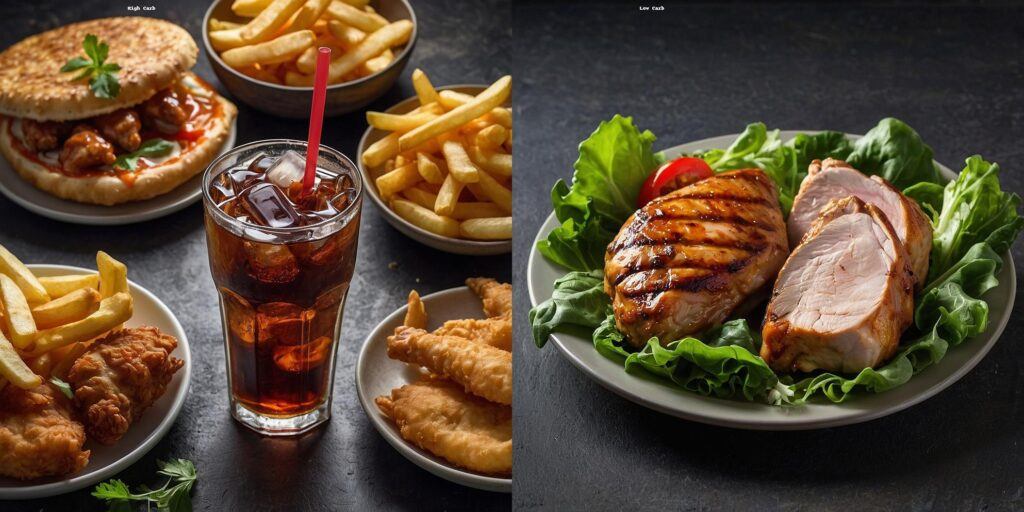
Another reason low-carb diets might seem so effective is that they often lead to eating fewer processed foods. Think about it—most takeout meals and convenience snacks are loaded with carbs, like bread, pasta, and sugary drinks. By cutting out carbs, you naturally reduce your intake of these high-calorie, low-nutrient foods.
Ultimately, the real key to long-term success is maintaining a calorie deficit—burning more calories than you consume—regardless of where those calories come from. So don’t be afraid of carbs; just focus on balance and moderation, and try to minimize processed foods in your diet.
Recommended Macronutrient Ratios
For the general population, nutritionists often recommend the following macronutrient distribution to maintain health and energy balance:
- Carbohydrates: 45% to 65% of total daily calories
- Proteins: 10% to 35% of total daily calories
- Fats: 20% to 35% of total daily calories
However, bodybuilders have specific nutritional needs due to their focus on muscle growth and recovery. Here’s how these recommendations change when you are bulking vs cutting and when you are just maintaining:
Bulking (building muscle):
- Carbohydrates: 40% to 60% of total daily calories
- Proteins: 25% to 35% of total daily calories
- Fats: 15% to 25% of total daily calories
Cutting (losing fat while preserving muscle):
- Carbohydrates: 30% to 50% of total daily calories
- Proteins: 30% to 40% of total daily calories
- Fats: 20% to 30% of total daily calories
Maintenance (preserving muscle mass while staying lean):
- Carbohydrates: 40% to 50% of total daily calories
- Proteins: 25% to 35% of total daily calories
- Fats: 20% to 30% of total daily calories
These adjusted ratios ensure that bodybuilders get enough energy to fuel their workouts, sufficient protein to repair and grow muscles, and enough fat to support hormone production.
Calculating Your Macronutrient Needs
To figure out how much of each macronutrient you need, start with your Total Daily Energy Expenditure (TDEE), which is the number of calories you burn each day. You can manually calculate it using the steps below, or try our interactive calculator for a quick and easy result.
General BMR and TDEE Formulas
Basal Metabolic Rate (BMR) Formulas:
For Men:
BMR=66+(6.23×weight in lbs)+(12.7×height in inches)−(6.8×age in years)
For Women:
BMR=655+(4.35×weight in lbs)+(4.7×height in inches)−(4.7×age in years)
Total Daily Energy Expenditure (TDEE):
TDEE=BMR×Activity Factor
Activity Factors:
- Sedentary (little or no exercise): 1.2
- Lightly active (light exercise/sports 1-3 days/week): 1.375
- Moderately active (moderate exercise/sports 3-5 days/week): 1.55
- Very active (hard exercise/sports 6-7 days a week): 1.725
- Super active (very hard exercise/physical job & exercise): 1.9
Step-by-Step Example
Let’s consider a 200 lb, 35-year-old man who is 70 inches tall and lightly active. Here’s how you calculate his caloric needs:
1.Calculate His Basal Metabolic Rate (BMR):
For Men (Imperial):
BMR=66+(6.23×weight in lbs)+(12.7×height in inches)−(6.8×age in years)
BMR=66+(6.23×200)+(12.7×70)−(6.8×35)
BMR=1,963 calories/day
2.Calculate His Total Daily Energy Expenditure (TDEE):
- Activity Factor for Lightly Active: 1.375
TDEE = BMR x Activity Factor
TDEE=1,963×1.375
TDEE=2,698.625 calories/day
Rounded:
TDEE=2,699 calories/day
3.Determine His Current Caloric Needs:
- Bulking: Add a surplus of 250–500 calories/day
- Bulking Calories: 2,949 to 3,199 calories/day
- Cutting: Subtract a deficit of 500 calories/day
- Cutting Calories: 2,199 calories/day
- Maintenance: Maintain TDEE
- Maintenance Calories: 2,699 calories/day
4.Determine His Macronutrient Needs:
To calculate the grams of each macronutrient based on your caloric intake, use the following macronutrient calorie information that we covered earlier:
- Carbohydrates: 4 calories per gram
- Protein: 4 calories per gram
- Fats: 9 calories per gram
For Bulking at 2,949 Calories:
- Carbohydrates (40%): (2,949×0.40)/4=295 grams
- Protein (30%): (2,949×0.30)/4=221 grams
- Fats (30%): (2,949×0.30)/9=98 grams
For Cutting at 2,199 Calories:
- Carbohydrates (30%): (2,199×0.30)/4=165 grams
- Protein (40%): (2,199×0.40)/4=220 grams
- Fats (30%): (2,199×0.30)/9=73 grams
For Maintenance at 2,699 Calories:
- Carbohydrates (40%): (2,699×0.40)/4=270 grams
- Protein (30%): (2,699×0.30)/4=202 grams
- Fats (30%): (2,699×0.30)/9=90 grams
Pro Tip: Using apps like MyFitnessPal, Cronometer, or Lose It! can help you track your food intake and ensure you’re meeting your macronutrient goals. These apps make it easier to log your meals and adjust your diet based on real-time data.
Try Our Calorie and Macronutrient Calculator

Calculating these numbers manually can be daunting, but don’t worry! We’ve made it easy for you. Use our interactive Calorie and Macronutrient Calculator on our website to quickly find out your caloric and macronutrient needs for bulking, cutting, or maintaining. Just input your details, and let the calculator do the work for you. This tool will give you a personalized breakdown, so you can focus on what matters most—crushing your fitness goals!
Keep It Simple and Balanced
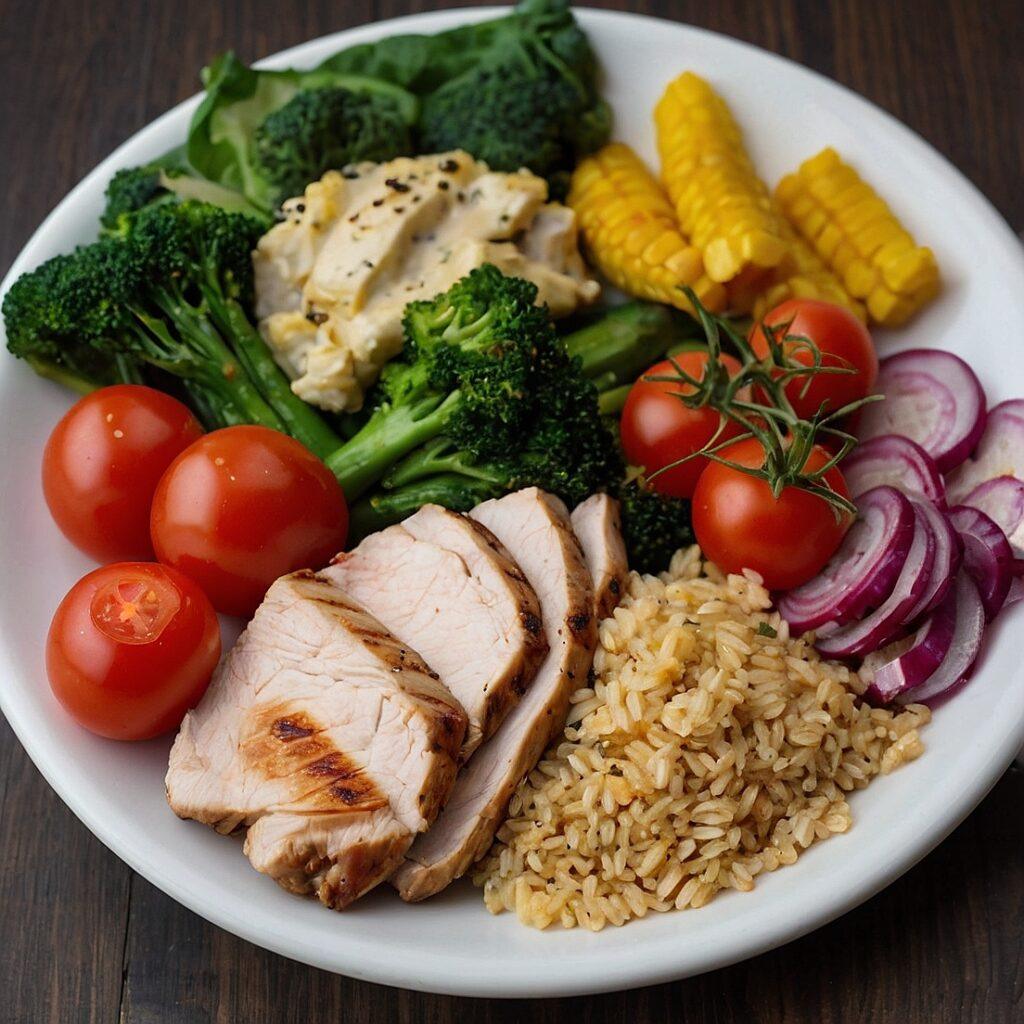
At the end of the day, bodybuilding success is all about balance. Make sure you’re getting enough of each macronutrient to support your workouts and recovery. Choose whole, nutrient-dense foods over processed stuff for the best results.
Remember, this is a journey, and you’re not alone. Keep learning, keep lifting, and let’s get stronger together!
David Crowther, also known as Dr. David Gainz, has over 32 years of experience in bodybuilding and a professional background as both a pharmacist and dentist. With a passion for science-backed training methods, David combines his extensive knowledge of human physiology with decades of hands-on experience in strength and hypertrophy training.

